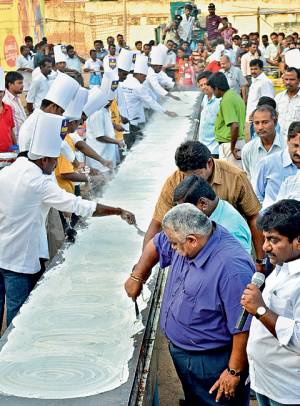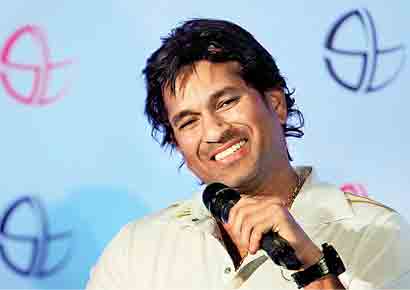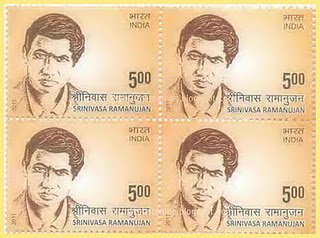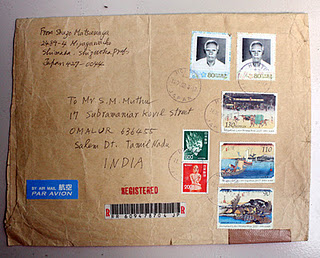Madurai hoteliers on Sunday dished out a 48.2-feet-long dosa in a bid to enter the Guinness Book of World Records.
“We have outdone the previous record for the longest dosa, which was 38.2-feet-long, made by Vijayawada Hotel Owners’ Association,” said a confident chef K. Damodaran under whose supervision the dosa was made.
The Temple City Group of Hotels had sponsored the event as part of Suvai Durbar, a three-day food festival organised by Madurai Round Table 14 to raise funds to improve infrastructure facilities in government schools. The food festival culminated with the sizzling dosa-making feat.
“We wanted to roll out a dosa measuring 64 feet in view of chief minister Jayalalithaa’s 64 birthday but we ended up at 48.2 feet as the dosa pan did not get the required heat from the 38 burners that were on. Yet, we have beaten the previous record,” said K.L. Kumar, proprietor of the Temple City Hotels.
While 24 kg of batter and 3 litres of oil were used, 18 masters were roped in to make the lengthy crispy brown dosa that was rolled carefully without damaging it or spoiling the colour. Later, it was sliced and served free to the crowd of visitors that flocked the festival venue.
“On the first day, we came out with 45 feet dosa and increased this to 48 feet on Saturday. On Sunday, we added an additional 0.2 feet. In all, we have used 200 kg of batter,” Kumar said.

Chef K. Damodaran and his team attempt to set a record by making a 48.2-feet long dosa at Suvai Durbar, a food festival held at Tamukkam grounds in Madurai on Sunday — DC
The event was videographed and the CDs would be sent to the adjudicators of Guinness and Limca books of records, Kumar said.Two giant monitors were placed to enable the visitors to watch the event that started at 5 pm and ended at 8 pm.
A sizeable number of foreigners were seen enjoying the south Indian delicacy along with the locals post the event.
source: http://www.DeccanChronicle.com / Home> Channels> Cities> Region> Madurai / February 20th, 2012




 Now, the Government of Japan has included this Thirukural as a lesson in the text book at college level. To cap it all, when the Japanese Government proposed to release a postal stamp to honour Shuzo Matsunoga for his works, he humbly refused and said, “To translate this tamil literature into Japanese language, Muthu from Salem has helped me. So the credit goes to him”. On his recommendation the Japanese Government released a postal stamp on Muthu (Salem) for 80 Yen (Rs.27/-) in 2007. Muthu, a humble and noble person, did nothing for selfish end. It was all for the tamil literature. He communicated all this over to his friend in Japan only through 200 letters, while, in the Facebook age, individuals transmit info electronically.
Now, the Government of Japan has included this Thirukural as a lesson in the text book at college level. To cap it all, when the Japanese Government proposed to release a postal stamp to honour Shuzo Matsunoga for his works, he humbly refused and said, “To translate this tamil literature into Japanese language, Muthu from Salem has helped me. So the credit goes to him”. On his recommendation the Japanese Government released a postal stamp on Muthu (Salem) for 80 Yen (Rs.27/-) in 2007. Muthu, a humble and noble person, did nothing for selfish end. It was all for the tamil literature. He communicated all this over to his friend in Japan only through 200 letters, while, in the Facebook age, individuals transmit info electronically.
